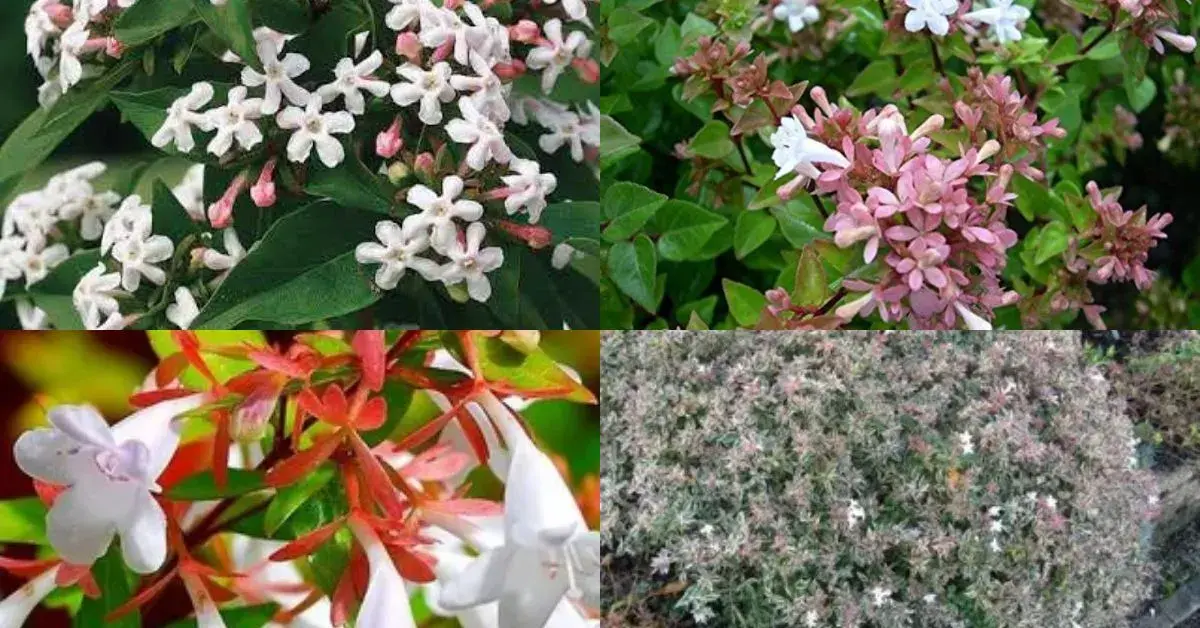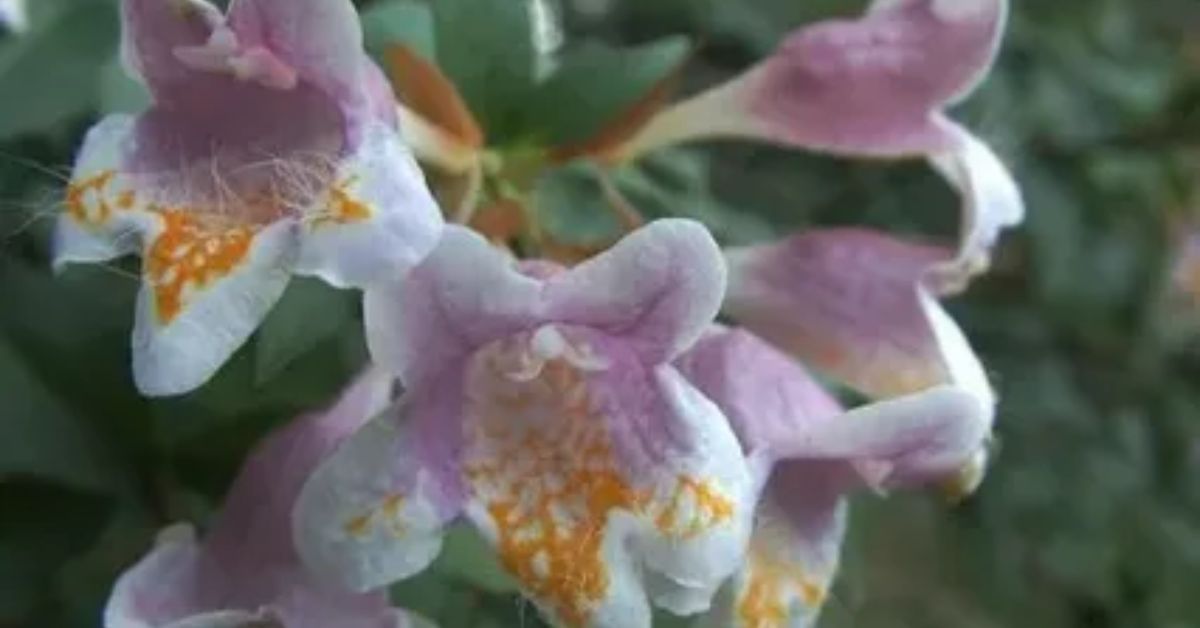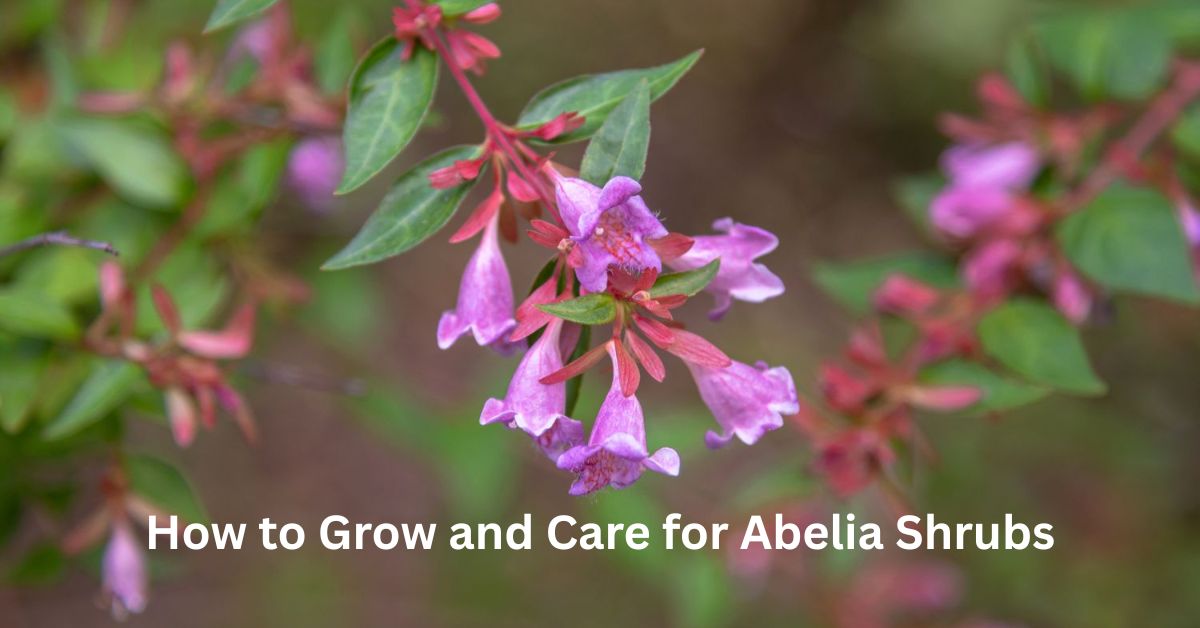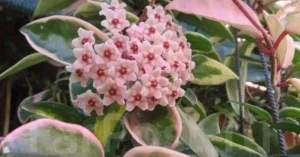Abelia shrubs bring effortless elegance to any garden landscape. These flexible blooming plants fascinate property holders with their fragile blossoms and gleaming foliage. You’ll find that abelias offer year-round visual intrigued whereas requesting negligible support from active cultivators.
Developing abelia demonstrates astoundingly clear for fledglings and specialists alike. These tough bushes adjust to different soil conditions and climate zones. Most assortments flourish in fractional shade to full sun areas. Their dry season resilience makes them culminate for low-water gardens.
Legitimate care guarantees your abelia shrubs thrive for decades. Customary pruning keeps up their alluring shape and energizes inexhaustible blooming. These solid entertainers compensate negligible exertion with greatest magnificence. You’ll appreciate fragrant sprouts from spring through drop, drawing in butterflies and hummingbirds to your open air space.
Best Varieties
| Variety Name | Height | Flower Color | Special Features |
| Glossy Abelia | 6–10 feet | White-pink | Classic choice, very hardy |
| Edward Goucher | 3–5 feet | Lavender-pink | Compact size, fragrant |
| Kaleidoscope | 2–3 feet | White | Colorful foliage changes |
| Rose Creek | 2–4 feet | White | Dwarf variety, dense growth |
| Sherwood | 3–4 feet | White | Spreading habit, ground cover |

Ideal Growing Conditions
Abelia shrubs prosper in areas getting morning sun and evening shade. These versatile plants endure full sun but perform best with a few security amid seriously warm. You’ll discover they handle different climate conditions from USDA zones 6 through 9.
Temperatures extremes do not phase develop abelia plants. They withstand summer warm and direct winter cold without lost a beat. Select spots with great discuss circulation to anticipate parasitic issues and advance incredible development.
Related this post : Top 10 Shrub Plants for a Beautiful Garden
Soil Requirements
Well-draining soil positions as the best need for solid abelia bushes. These plants detest waterlogged conditions that lead to root spoil. Sandy soil or clay soil works superbly for ideal seepage and supplement maintenance.
Soil pH between 6.0 and 7.5 makes perfect developing conditions. Marginally acidic to impartial soil permits legitimate supplement take-up. Including natural compost moves forward soil structure and gives slow-release supplements for supported development.
Watering Needs and Schedule
| Season | Frequency | Amount | Special Notes |
| Spring | 2–3 times weekly | 1–2 inches | Establish new growth |
| Summer | Daily during heat waves | Deep soaking | Early morning watering best |
| Fall | Once weekly | Moderate amount | Prepare for dormancy |
| Winter | Monthly or less | Minimal watering | Only if soil completely dry |
| First Year | More frequent | Consistent moisture | Critical establishment period |
Fertilizing Abelia for Healthy Growth
Spring fertilization kick begins overwhelming development and plenteous blossoming. Apply adjusted 10-10-10 fertilizer around the base in early Walk. Slow-release granules give unfaltering nourishment all through the developing season.
Natural choices like compost or matured fertilizer work magnificently as well. These normal choices move forward soil wellbeing whereas nourishing your plants. Maintain a strategic distance from over-fertilizing because it advances over the top foliage at the cost of excellent sprouts.
Pruning and Shaping
- Late winter or early spring offers ideal pruning timing
- Remove dead, damaged, or crossing branches first
- Shape plants after flowering to maintain natural form
- Light pruning encourages bushier growth patterns
- Heavy pruning may reduce next season’s flower production
- Sterilize pruning tools between different plants
- Cut branches just above outward-facing buds
- Young plants benefit from tip pinching for fuller growth
Pests and Diseases

| Common Issues | Symptoms | Solutions |
| Aphids | Sticky honeydew on leaves | Spray with insecticidal soap |
| Scale Insects | Brown bumps on stems | Use horticultural oil treatment |
| Spider Mites | Fine webbing on foliage | Increase humidity, apply miticide |
| Powdery Mildew | White powdery coating | Improve air circulation, fungicide spray |
| Root Rot | Yellowing leaves, wilting | Reduce watering, improve drainage |
Seasonal Care Tips
- Spring brings pruning time and fresh fertilizer applications
- Summer demands consistent watering and pest monitoring
- Fall requires cleanup of fallen leaves and debris
- Winter protection helps in colder climate zones
- Apply mulch in late fall to insulate roots
- Remove spent flowers regularly to encourage more blooms
- Watch for stress signs during extreme weather periods
- Adjust care routines based on local climate conditions
Frequently Asked Question
How often should I water my abelia shrubs?
Water deeply twice weekly during growing season. New plants need daily watering for first month. Reduce frequency in fall and winter.
When is the best time to prune abelia?
Late winter or early spring before new growth starts. Light pruning after flowering also works well for shaping purposes.
Do abelia shrubs attract wildlife?
Yes, their fragrant flowers attract butterflies, bees, and hummingbirds. The blooms provide nectar from spring through fall seasons.
Can abelia grow in containers?
Absolutely. Choose dwarf varieties like Rose Creek or Kaleidoscope. Use well-draining potting mix and water more frequently than ground plants.
Are abelia shrubs deer resistant?
Most varieties resist deer browsing due to their tough leaves. However, hungry deer may nibble young shoots in harsh winters.
Conclusion
Abelia shrubs compensate nursery workers with shocking excellence and negligible upkeep necessities. These flexible plants adjust to different developing conditions whereas giving year-round intrigued. You’ll appreciate their dry spell resilience once set up and their capacity to flourish totally different light conditions.
Developing sound abelia doesn’t require master information or complicated care schedules. Fundamental watering, intermittent pruning, and annually fertilizing keep these bushes prospering. Their versatile nature makes them culminate for active mortgage holders looking for low-maintenance arranging arrangements.
Change your plant with these surprising blossoming bushes that provide greatest affect with least exertion. Abelia’s combination of appealing foliage, fragrant sprouts, and natural life offer makes the culminate expansion to any scene plan. Begin developing these tried and true entertainers and appreciate their magnificence for decades to come.




